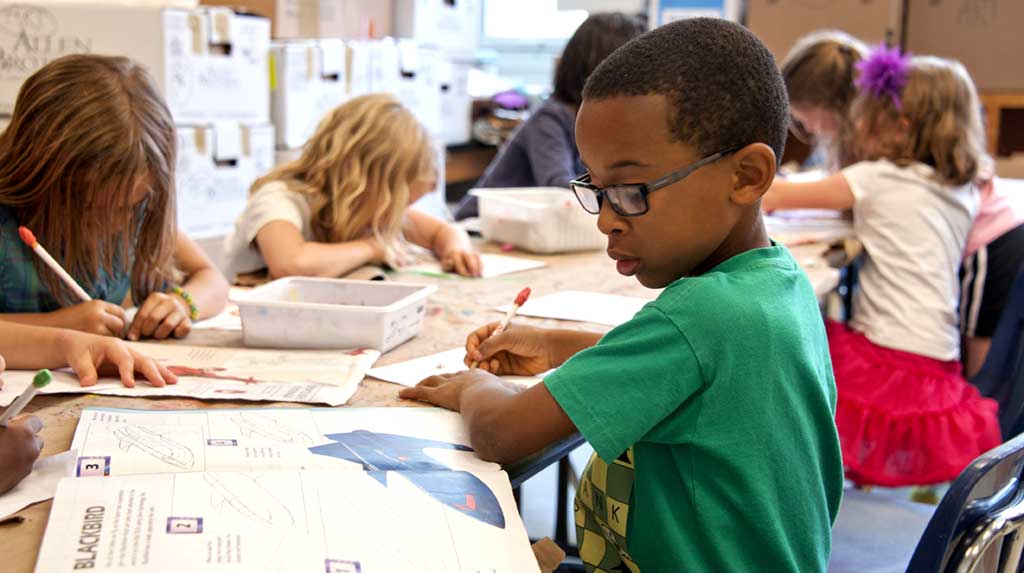Late August means heat (and in many places, humidity, too). It means beaches. It means bugs. And it means back-to-school. 📚🍎
Are you excited 🤩? Anxious 😬? Both?
It’s another strange school year—but the fundamental task of supporting and caring for students hasn’t changed. Here are three science-backed communication strategies for parents and teachers.
keep the lines of communication open
We’re a long way from quarterly report cards and twice-yearly parent-teacher meetings. Today, parents and educators stay in touch over email, text, social media, and special-purpose apps like Google Classroom, ClassDojo, and Bloomz.
The most important thing parents and teachers can do to communicate better is to make a sustained effort 💪 to stay in touch.
“A well-functioning partnership between parents and teachers constitutes the basis of the child’s social learning environment,” Finnish researchers wrote in 2019.
The lesson: Treat education as a shared effort. Aim for respectful, two-way communication with frequent interactions to build trust.
add context with rich media
Parents and teachers have a lot to talk about: the student’s behavior, academic progress, health, interactions with other children, and more. What’s key is matching the communication style to the topic at hand.
For less complex topics, like grade updates, a “lean” method like email 📧 might be best. When the topic is complex, phone 📱or face-to-face conversations may be better.
Teachers can facilitate this selection process (what researchers call “media richness theory”) by offering multiple means of getting in touch. Parents and teachers should flesh out which technologies are available and what works best—because different conversations have different demands.
In some cases, a live conversation 💬 will make sense. In others, asynchronous methods—like leaving a voicemail or recording a short video 🎥—will work best.
The lesson: Early in the school year, establish the lines of communication. Look for communication methods that offer richness, like video chats for face-to-face contact.
expand conversations beyond the parent-teacher binary
It really does take a village to raise children. Communication about school shouldn’t be a one- or two-way street involving only parents and educators. Instead, think of it as a highway, with different people using different “lanes.”
For example, parents can create parent-only groups to stay in touch with each other. This helps to build what experts call “social capital,” where parents can access social networks and information and learn the practices and policies of the school.
Parents can also engage policymakers, such as members of their local community education councils or education boards, to be sure they’re being heard. 👂And it’s essential to talk to children about their own experiences. They’re part of the village, after all.
“Communication is rarely a discrete, individual act,” school psychologist Susan Graham-Clay writes. “Rather, it occurs within the context of ongoing exchanges.”
The lesson: Keeping communication lines open means regarding everyone as family not leaving anyone behind.
How are you feeling about the coming school year? Find us on social @illumyinc and share your thoughts.
Photo by Photo by CDC on Unsplash


